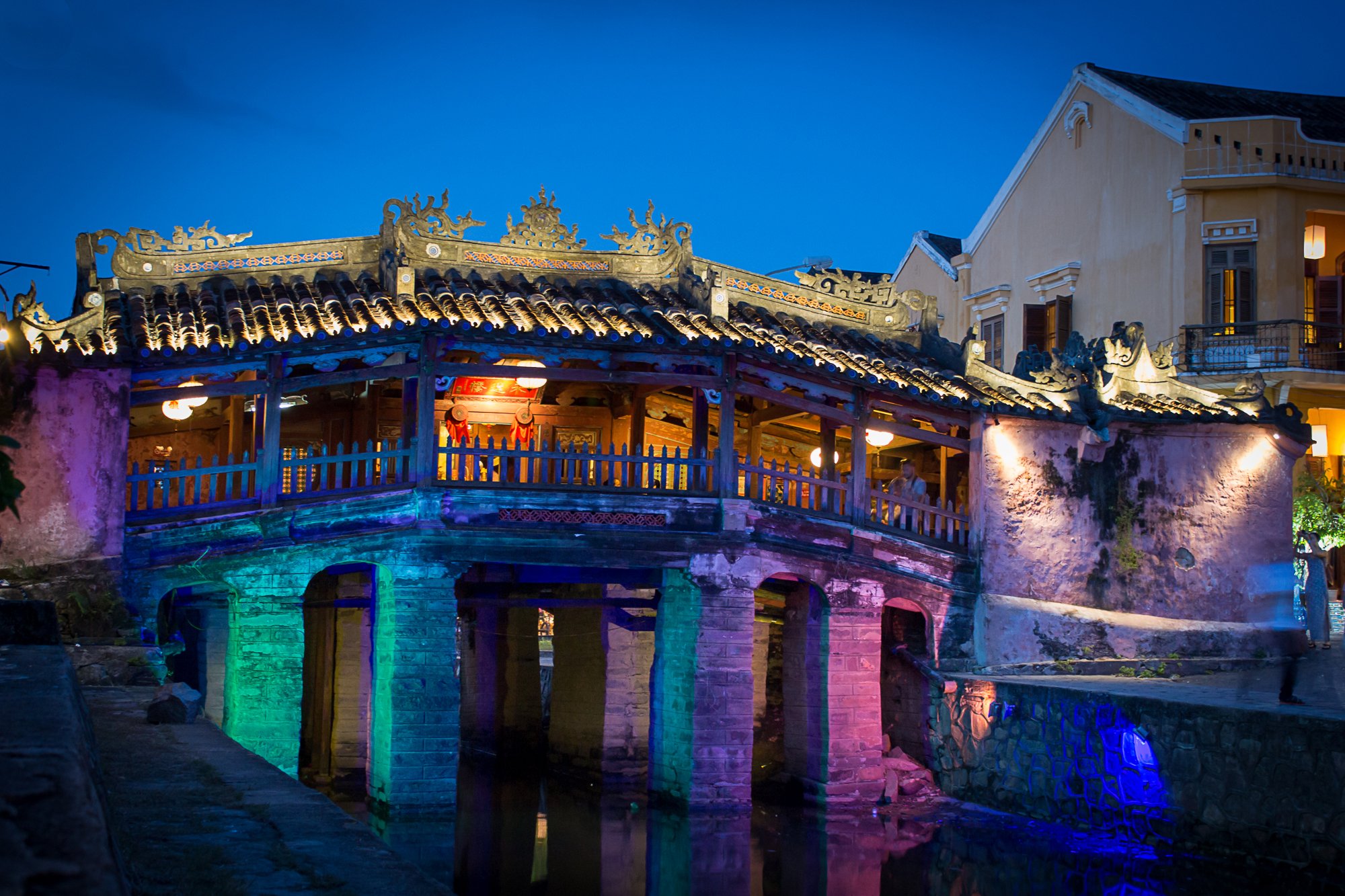🇻🇳map Vietnam [Overview]

Vietnam, written as Viet Nam in Vietnamese, stretches along the eastern edge of mainland Southeast Asia, with the South China Sea to the east and neighbors China, Laos, and Cambodia. Home to a youthful, fast-urbanizing population of roughly 100 million people, it’s a country where rice paddies meet rising skylines and scooters weave through tree-lined boulevards. Many travelers are surprised to learn that the imperial city of Hue, with its historic Citadel and royal tombs, is a UNESCO World Heritage Site that tells a quieter story beyond Vietnam’s modern hustle. From the misty mountains of the north to the lush Mekong Delta in the south, the country’s long S-shaped coastline stitches together distinct regional identities that feel like different chapters of the same book.
Economy
Vietnam has transformed from a primarily agrarian society into one of Asia’s most dynamic manufacturing hubs. Many people still work in agriculture—especially rice, coffee, pepper, and seafood—but the country’s growth now leans on electronics assembly, garments, furniture, and increasingly, technology services. Natural advantages include fertile river deltas, offshore fisheries, and a strategic coastline that supports busy ports. Industrial parks around Hanoi, Hai Phong, Da Nang, and Ho Chi Minh City host a growing network of global suppliers in electronics and consumer goods.
Connectivity is a national priority. Vietnam is woven into global supply chains linking Northeast Asia with ASEAN and beyond, supported by modernizing highways, deep-water ports, and expanding air routes. The country participates in major trade pacts such as the Regional Comprehensive Economic Partnership and the CPTPP, while maintaining strong commercial ties with the United States, the European Union, South Korea, and Japan. This web of trade agreements, paired with a competitive workforce, has made Vietnam a favored destination for companies diversifying production across Asia.
Culture
Vietnamese is the dominant language and the shared thread across regions, though you’ll hear distinct accents and local expressions from north to south. The Kinh people form the majority, while ethnic minorities like the Tay, Thai, Hmong, and Khmer contribute vibrant traditions in the highlands and border areas. Vietnam’s story blends a millennium of Chinese influence, a long southward expansion that shaped its geography and cuisine, a French colonial chapter visible in grand boulevards and coffee culture, and a modern era marked by reunification and reform that opened the door to global exchange.
Daily life revolves around family, food, and community. Cafés double as meeting rooms, and parks fill with dawn tai chi, badminton, and the hum of conversation. Buddhism, folk beliefs, Confucian values, and ancestor veneration coexist with Catholic and other communities, creating a tapestry of rituals and festivals. National celebrations include Tet (Lunar New Year), the Mid-Autumn Festival with lanterns and mooncakes, Reunification Day on April 30, and National Day on September 2. Whether you’re wandering Hanoi’s Old Quarter or working from a co-working space in Ho Chi Minh City, the country’s rhythm blends tradition with an entrepreneurial energy that’s easy to plug into.
Li Wei
Li Wei is a financial services professional and cross-cultural consultant originally from Hong Kong,
with over 12 years of experience in international banking and Southeast Asian business
development. Having worked for major financial institutions including HSBC and Standard Chartered,
Li Wei has extensive experience facilitating the relocation of international professionals
to Hong Kong, Singapore, and other key Southeast Asian markets.
Published: 2025-07-10